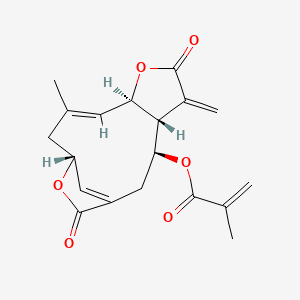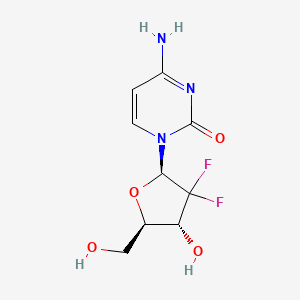


| Pair Name | Deoxyelephantopin, Gemcitabine | ||
| Phytochemical Name | Deoxyelephantopin (PubChem CID: 6325056 ) | ||
| Anticancer drug Name | Gemcitabine (PubChem CID: 60750 ) | ||
| Structure of Phytochemical |

|
Download
2D
MOL
3D
MOL
|
|
| Structure of Anticancer Drug |

|
Download
2D
MOL
3D
MOL
|
|
| Pair Name | Deoxyelephantopin, Gemcitabine | |||
| Disease Info | [ICD-11: 2C10.Z] | Pancreatic cancer | Investigative | |
| Biological Phenomena | Induced-->Oxidative Stress | |||
| Gene Regulation | Down-regulation | Expression | NFKB1 | hsa4790 |
| In Vitro Model | BxPC-3 | Pancreatic ductal adenocarcinoma | Homo sapiens (Human) | CVCL_0186 |
| CFPAC-1 | Cystic fibrosis | Homo sapiens (Human) | CVCL_1119 | |
| In Vivo Model | To confirm the inhibition of tumor growth by DET and GEM, 100 μL of BxPC-3 cell suspension (5×10⁷ cells/mL) was administered subcutaneously into the right middle armpit of mice to establish subcutaneous tumors. | |||
| Result | It is possible that DET could be developed as a single agent or combined with conventional chemotherapy drugs to improve the treatment of pancreatic cancer. | |||
| No. | Title | Href |
|---|---|---|
| 1 | Deoxyelephantopin induces apoptosis via oxidative stress and enhances gemcitabine sensitivity in vitro and in vivo through targeting the NF-κB signaling pathway in pancreatic cancer. Aging (Albany NY). 2020 Jun 11;12(11):11116-11138. doi: 10.18632/aging.103327. | Click |
